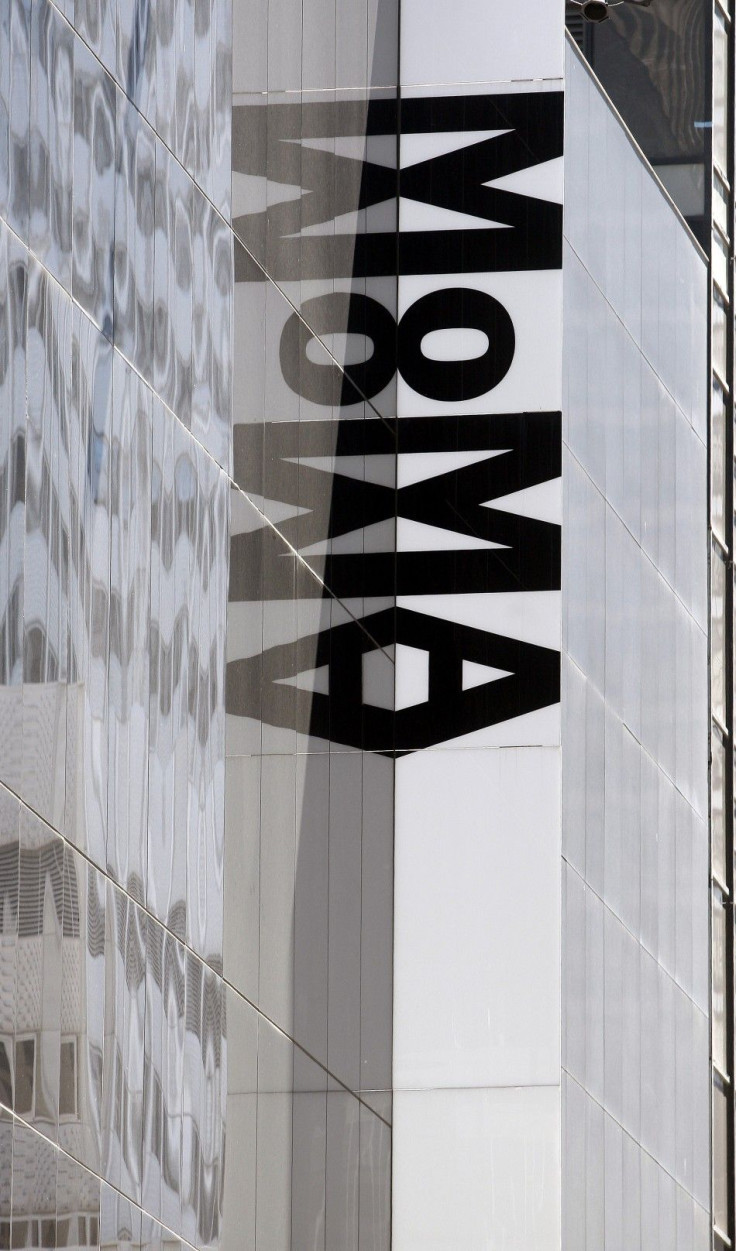Occupy Wall Street Offshoot Takes on Museums

Occupy Wall Street has spawned Occupy Museums, a new offshoot that is targeting what it calls the temples of cultural elitism, New York's museums.
Businessweek reported that the protestors targeted the Museum of Modern Art and the New Museum of Contemporary Art on Thursday. It had also planned to stop by the Frick Collection, but skipped it because of time considerations.
The group made no demands, but spoke out broadly against what it sees as the commercialization of art.
The Occupy Wall Street Movement will bring forth an era of new art, true experimentation outside the narrow parameters set by the market, the group said. No longer will we, the artists of the 99%, allow ourselves to be tricked into accepting a corrupt hierarchical system based on false scarcity and propaganda concerning absurd elevation of one individual genius over another human being for the monetary gain of the elitest of elite.
A person in a gorilla mask, whose gender couldn't be determined, told Businessweek that he or she had worked in a museum and didn't care for its exclusionist curatorial choices.
Local artist Noah Fischer is leading the movement, which has been approved by Occupy Wall Street's Art and Culture Group.
Museums are generally non-profits, although they rely on donations and partnerships for financial backing. Some of the city's wealthiest figures are on the board of trustees of the most prestigious institutions. MoMa's chairman, for example, is Jerry Speyer, the head of real estate giant Tishman Speyer, which owns Rockefeller Center and the Metlife Building. Among the New Museum's sponsors are Goldman Sachs and Brookfield Properties, also the landlord of Zucotti Park.
The larger Occupy Wall Street movement has used art as part of its outreach. Earlier this month, the group hosted an art event entitled No Comment, in collaboration with Loft in the Red Zone. The group installed a temporary exhibit at 23 Wall Street, the old JPMorgan headquarters. The Village Voice characterized the occupation of Zuccoti Park as a sort of public art installation, a tangle of bodies, tents and people. Mark di Suvero's sculpture Joie de Vivre is also on display at the park.
© Copyright IBTimes 2024. All rights reserved.




















